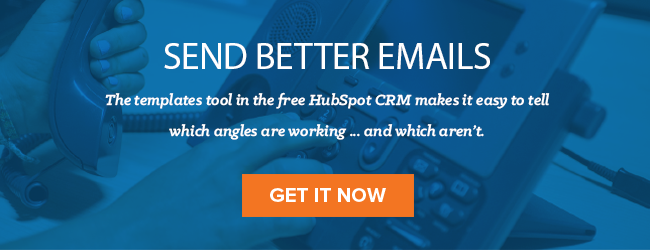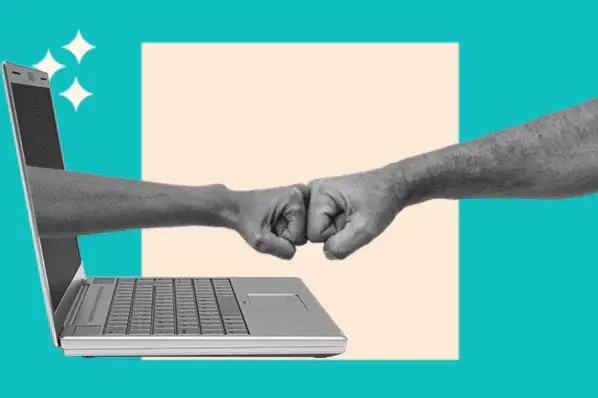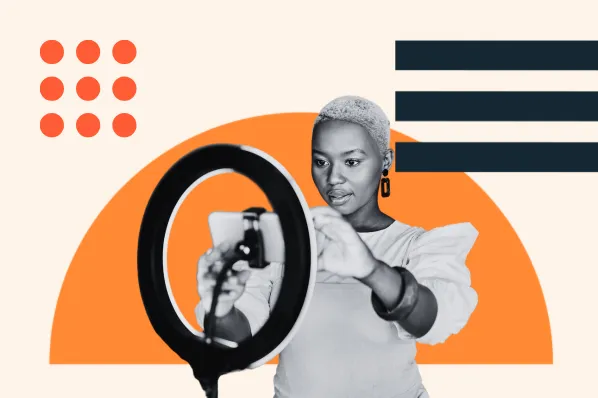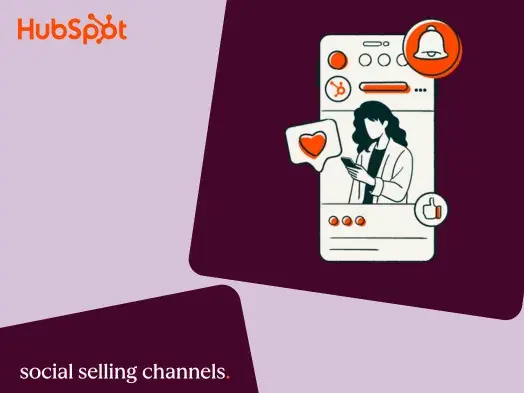The Best Sales Message
- Include a question to push the buyer off their status quo.
- Use a statement with empirical data to solve perceived challenge.
- Add a landing page link.
- End with a CTA to schedule a call.
If you believe LinkedIn InMails “just don’t work" for connecting with prospects, you're experiencing user error -- not medium error. The user error is simple: Your messaging sucks!
As we launched a new social selling training product for the SMB market, I wanted to test an assumption on messaging effectiveness using LinkedIn InMails.
I have an empirical bias towards highly contextualized, humanized, “blended” messages that incorporate both video-based insights and short-text with a direct call-to-action. My empirical bias comes from training more than 75,000 sales professionals, but I thought I would publish the results of our recent social selling campaign to convince you.
I used four different types of InMails. Each of the four test message groups received 300 InMails to the same buyer persona, industry, and geography.
InMail Type #1: The Text-Based Hard Sell
My message style was simple and direct:
- Question to push the buyer off their status quo.
- Statement with empirical data to solve perceived challenge.
- Landing page link.
- CTA to schedule a call.
Results: 5.5% response rate, $0 sales in 30 days from campaign
I didn’t have a lot of faith in this type of LinkedIn message, and the data was pretty clear. Most of the 5.5% responses were a hard no, as I didn’t build any value. Some respondents were actually pissed off at me for being a product pusher!
InMail Type #2: The Text-Based Open-Ended Conversation Starter
This open discussion was meant to gauge two things:
- Has social selling been a key priority in your personal learning?
- If yes, is Sales for Life's content one of your core resources?
Results: 11.5% response rate, $12,000 sales in 30 days from campaign
The follow-up discussions had two paths, each based on the buyer’s interest in social selling and personal learning. Think of the message as a filtration process. The messaging style clearly showed me that LinkedIn InMails can be used similar to Facebook, Google, or Twitter chats. Remember most buyers read and respond via mobile, where the InMail conversation thread is very chat-like.
Those that moved further into the sales process (and purchased) needed to have immediate, definitive interest in social selling, as this campaign was for only 30 days. That doesn’t mean others that I had discussions with won’t become buyers in the future ... they will!
InMail Type #3: The Text-Based Highly Personalized Discussion + Hard Sell
These text-based messages were written specifically to each buyer. I leveraged one of the three sales principles of social selling: Triggers, insights, or referrals that were very, very specific to the buyer or their business.

- Major internal (such as a job change) or external (such as Merger & Acquisition activity) triggers to contextualize the urgency to speak.
- Relationship “Sphere of Influence” connection to our customer base.
- Insights from their competitors showing a shift in the market, and the risk versus opportunity.
Results: 17.5% response rate, $12,000 sales in 30 days from campaign
Context really helped here. Buyers can clearly tell when I’m writing to them specifically, and you can see the impact on my response rate and revenue.
InMail Type #4: The Video-Based One-to-One Direct Message With a Hard Sell

Results: 37.3% response rate, $27,000 sales in 30 days from campaign
I’m going to let the data speak for itself! I make highly humanized, highly contextualized videos in a one-to-one relationship with the buyer. It’s like I’m in the office sitting next to them.
Vidyard ViewedIt is a magical tool in sales professionals’ hands that can drive social selling activities.

This approach may not work for every salesperson. Response and buy rates vary heavily on buyer awareness of your solution, your influence power, how well the message resonates with them, and more. But these results are still valuable if you want to break out of the mold and try something different in your sales approach. Happy selling!
Editor's note: This post originally appeared on Sales for Life and has been republished here with permission.
Social Selling



![LinkedIn for Social Selling: How to Research, Prospect, & Sell on Platform [+ New Data]](https://53.fs1.hubspotusercontent-na1.net/hubfs/53/copy%20of%20jade%20walters%20btb%20(40).png)


![6 Essential Social Selling Training Courses [+ Expert Tips for Social Selling]](https://53.fs1.hubspotusercontent-na1.net/hubfs/53/socialselling.webp)


-3.png)


